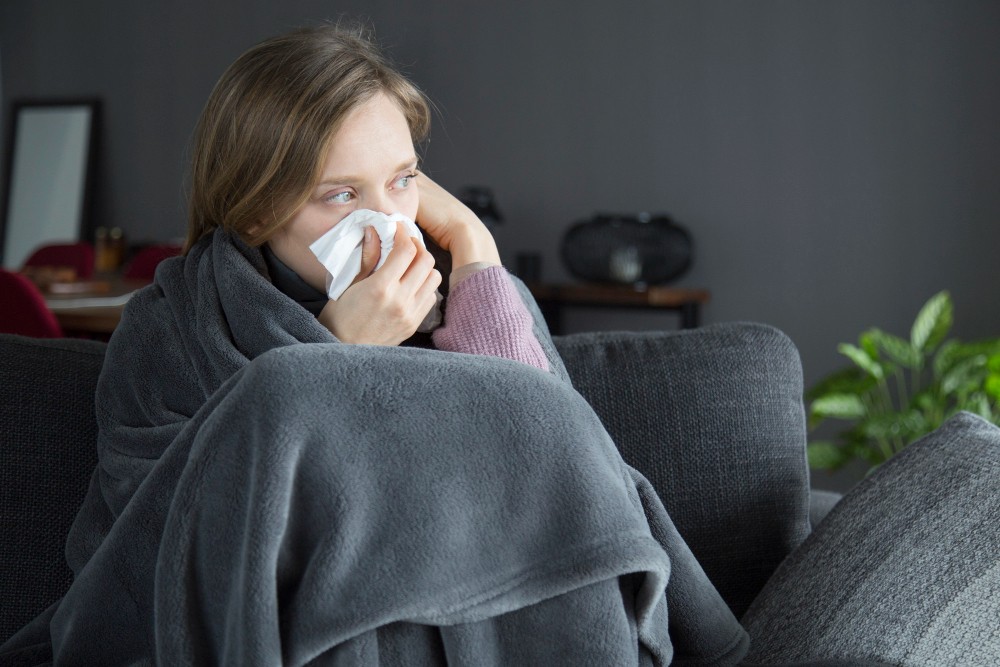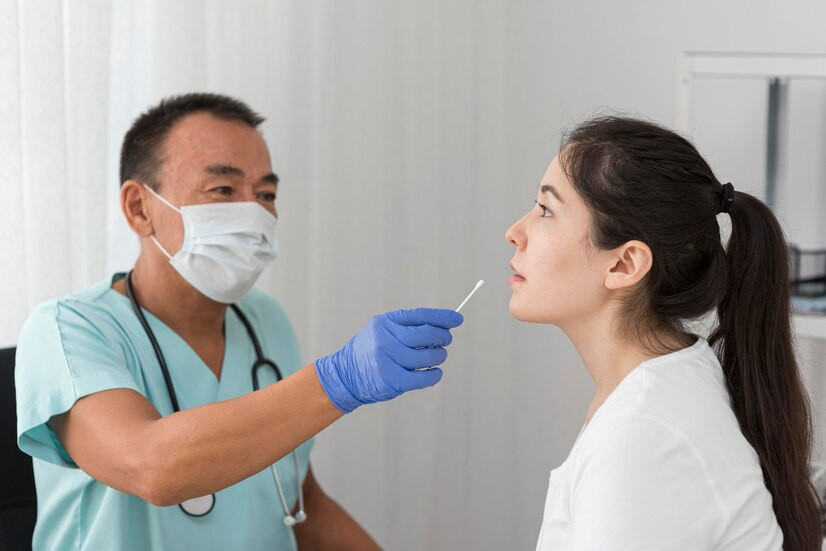Monkeypox (Mpox) is a disease that can be transmitted by animals to humans and among humans. This disease is caused by the monkeypox virus. This infectious disease was initially discovered in Africa, but then the infection spread to various countries, including Indonesia.
There are worries that this disease could develop into a new pandemic because of the virus's rapid and extensive spread. You should therefore take precautions to keep your family safe as well as yourself against this virus.
How to Prevent Monkeypox (Mpox) Infection
Recently, the World Health Organization declared monkeypox a worldwide health emergency. The growth in cases outside of endemic areas such as America, Europe, and Asia has demonstrated that this virus can spread rapidly if not treated effectively.
As a result, more effective preventive strategies are required, particularly in nations with monkeypox outbreaks. The following are important steps that need to be taken to prevent monkeypox infection:
Avoid direct contact with infected people
Direct contact with an infected person's body fluids, wounds, or rashes is one method of transmission for monkeypox. To avoid infection, avoid direct contact with monkeypox patients, including contact with potentially contaminated personal objects such as foodstuffs, clothing, and towels.
Read more: Know The Stages Of Development Of Monkeypox (Monkeypox) From The Incubation Period To Recover
Wash your hands regularly
Regularly wash your hands with soap and running water for at least 20 seconds. The practice is an essential preventative step to minimize the spread of viral and bacterial diseases.
If soap and water are not available, use an alcohol-based hand sanitizer with a minimum alcohol level of 60%.
Wear a mask and keep your distance
Monkeypox can also spread by droplets produced by coughing and sneezing. As a result, wearing a mask when around potentially sick people, as well as in public areas, is important.
To limit the possibility of transmission in crowds or public areas, keep at least 1 meter apart.
Avoid contact with infected animals
Monkeypox is a zoonotic disease, meaning it spreads from animals to people. Avoid contact with wild animals, particularly rats, as they can spread the virus. If you live in a high-risk location for monkeypox, avoid eating raw wild animal flesh.
Read more: Know The Main Characteristics Owned By Monkeypox (Monkeypox)
Receive a vaccination
There is proof that the smallpox vaccine works to protect against monkeypox. While the Variola virus causes smallpox, the Monkeypox virus causes monkeypox; yet, due to structural similarities between the two, the smallpox vaccination is effective against monkeypox.
In addition, there exist vaccinations designed specifically to fight monkeypox, including the JYNNEOS vaccine. Although the delivery of this vaccine to prevent monkeypox is currently restricted, it has received approval.
If you experience symptoms of a monkeypox infection, such as fever, muscle aches, and a rash, immediately isolate yourself. You can either visit a doctor or make use of the consultation features that are available in the Ai Care application by downloading the Ai Care application from the App Store or Play Store.
Looking for more information about other diseases? Click here!
- dr Nadia Opmalina
Health Direct (2024). Mpox (Monkeypox). Available from: https://www.healthdirect.gov.au/monkeypox
Cleveland Clinic (2023). Mpox. Available from: https://my.clevelandclinic.org/health/diseases/22371-monkeypox
CDC (2024). How to Protect Yourself. Available from: https://www.cdc.gov/poxvirus/mpox/prevention/protect-yourself.html
Pritish K. Tosh, M.D. (2024). What is mpox, previously called monkeypox?. Available from: https://www.mayoclinic.org/diseases-conditions/infectious-diseases/expert-answers/monkeypox-faq/faq-20533608
Leilani Fraley, RN, MSN (2023). 7 Steps to Washing Your Hands Properly. Available from: https://www.healthline.com/health/7-steps-of-handwashing
CDC (2024). About Zoonotic Diseases. Available from: https://www.cdc.gov/one-health/about/about-zoonotic-diseases.html












